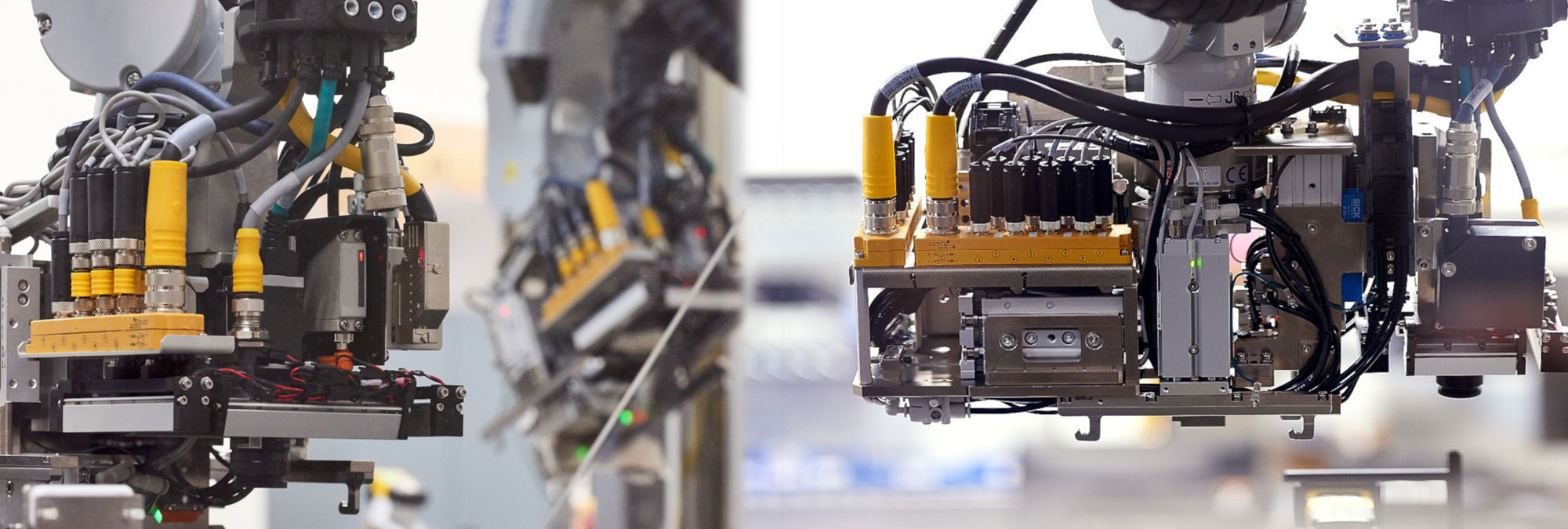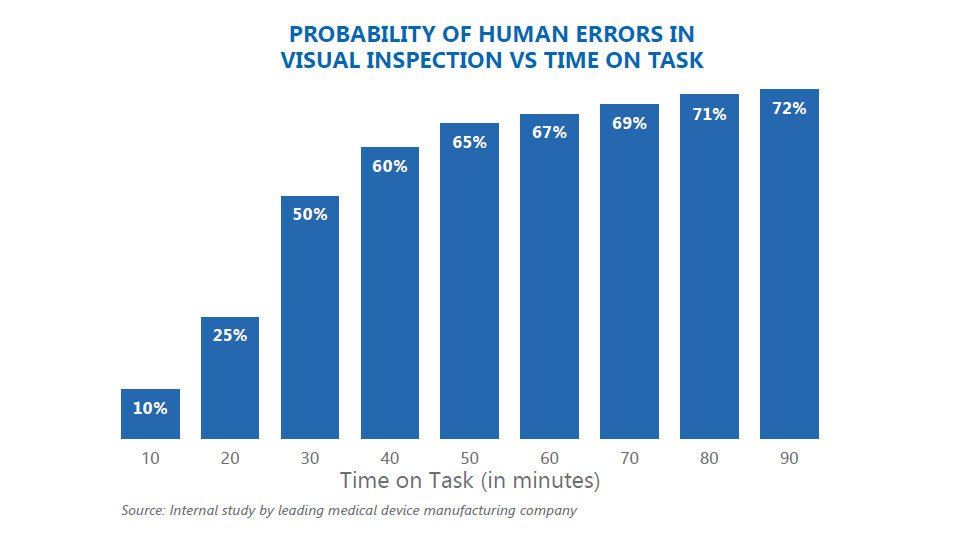Automation is synonymous with advanced manufacturing. Factory automation has been an important ingredient in not only the modern factory, but also in production environments from the past. While many factories are not fully automated, particularly among small- to mid-sized manufacturers, global competition is driving more companies to embrace factory automation to innovate, stay competitive, and improve efficiencies.

Any decision to automate should be driven by a combination of factors, so today we look at some key value drivers for manufacturers to choose automation.
#1: Apply Advanced Manufacturing Processes
Successful companies innovate. Innovation, however, often requires advanced manufacturing processes. For example, performing micro-welding operations in an inert gas environment or laminating several layers of laminate materials without bubbles or folds to create components are incompatible with manual operations. When advanced operations cannot be performed by humans, robotics and automation is an essential path forward.
#2: Improve Quality
The most obvious effect of automation on quality is the replacement of subjective human judgment with repeatable objective metrics. Indeed, the gage repeatability & reproducibility (GR&R) requirement for different operators engaged in visual inspection typically is made obsolete once inspection is automated. This can also have the additional benefit of increasing yield, particularly for cosmetic inspection where over rejection can be commonplace.

However, with higher repeatability, accuracy, and precision of assembly, final inspection is not the sole beneficiary of automation. The advent of Industry 4.0 means that digital data collected throughout the process can be analyzed to not only continuously improve the quality of the final product but also improve various production processes.
#3: Safety
Automation can effectively isolate humans from the hazards of the manufacturing process, whether they be mechanical, chemical, electrical, laser, or even biological. In some industries, such as semiconductors, manufacturing would be simply impossible to execute safely without a high degree of automation.
According to the U.S. Bureau of Labor Statistics and U.S. Department of Labor’s 2023 Survey of Occupational Injuries and Illnesses, the manufacturing industry reported over 946,500 cases of non-fatal injuries in 2023. Of those, over 586,000 resulted in workers missing time away from work and another 359,670 required a job transfer or restrictions on a worker’s tasks. Both of these numbers represent a significant loss in productivity that could be reduced through automation.
Less obvious is the danger posed by humans, particularly in the biomedical (pharmaceutical or medical devices) industry, where biological or foreign material contamination in products can compromise patient safety. Even in a more traditional industrial environment, the dangers posed by repetitive tasks can be mitigated by automating such processes.
Ready to begin?
#4: Mass Production
In our global economy, successful products are characterized by shrinking product life cycles and rapid ramps to mass production. The combination of the two factors means that peak production can exceed consumption by a significant multiple. Even the proverbial army of people cannot feasibly achieve the production rates and timeframes to meet market needs.
When throughput is measured in parts per second, rather than minutes or hours, automation becomes not just a beneficial alternative, but also a business necessity. Correspondingly, in low-volume/high-mix (LVHM) production environments, automating key process steps helps manufacturers achieve higher levels of efficiency.
#5: Flexibility
Images of highly mechanized, dedicated equipment relentlessly churning out widgets do not immediately suggest flexibility. However, modern consumer products, including consumer electronics such as phones, typically are produced in several variants, based on form factor, feature set, or even color. At the other end of the spectrum are highly customized products, such as medical implants, that fall into the LVHM category.
Well-designed automation systems can adapt to product variation using vision-guided part handling, adaptive lighting, and even automatic “recipe” generation for inspection and metrology processes. “Retooling”, typically accomplished by physically rebuilding hardware, can now be accomplished through software updates that require only minutes instead of hours or days.
#6: Reduce Costs
Increasing costs for labor and facilities, even in global regions previously deemed “low cost”, continues to drive the adoption of automation systems. Even in the rapidly changing consumer electronics market, where product life cycles are typically only a year or less, the return on investment calculations can justify automation based solely on direct labor costs.
Factory automation is a complex undertaking and manufacturers need to be thoughtful in their approach. Considering these value drivers for automation will strongly position companies to intercept the needs of the markets rather than playing catch up with competitors.
